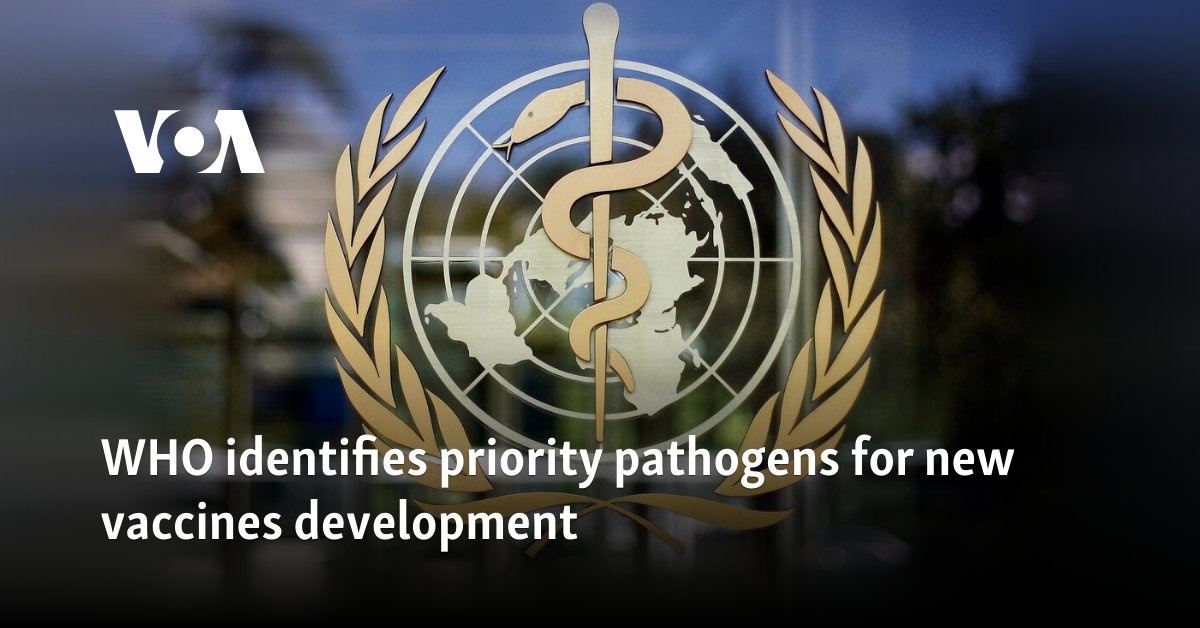The World Health Organization on Tuesday listed 17 pathogens that cause widespread disease and death, including HIV, malaria and tuberculosis, for which it said new vaccines were “urgently needed.”
The U.N. health agency said that it with its list was providing the first global effort to systematically prioritize endemic pathogens based on criteria including disease burdens, antimicrobial resistance risk and the socioeconomic impact.
“We need to do this because we would like to shift the focus from developing vaccines away from commercial returns towards regional and global health needs,” Mateusz Hasso-Agopsowicz, a WHO vaccine specialist, told reporters in Geneva via video link from Poland.
The study reconfirms longstanding priorities for vaccine research and development, including HIV, malaria and tuberculosis — three diseases that collectively kill nearly 2.5 million people each year, WHO said.
But it also identifies lesser-known pathogens as top disease control priorities, highlighting the urgency to develop new vaccines for pathogens that are becoming increasingly resistant to antimicrobials.
Among them was Group A streptococcus, which causes severe infections and contributes to some 280,000 deaths from rheumatic heart disease each year, mainly in lower-income countries.
Ita also highlights the dangers of Klebsiella pneumoniae — a bacterium that is responsible for around 40% of neonatal deaths due to blood infection, or sepsis, in low-income countries.
These vaccines “would not only significantly reduce diseases that greatly impact communities today but also reduce the medical costs that families and health systems face,” WHO vaccine chief Kate O’Brien said in a statement.
Vaccines for the various pathogens listed are at different stages of development, WHO said, with some like ones for HIV, Group A streptococcus and hepatitis C virus still at the research stage.
Others, like ones for dengue and tuberculosis, have been developed and are approaching regulatory approval or introduction.
Hasso-Agopsowicz explained that the 17 listed pathogens were wreaking the most havoc in lower-income countries, explaining why more progress has not been made previously on developing vaccines against them.
“What typically has happened in the past is that vaccine research and development has been influenced by profitability of new vaccines. What that means is that diseases that severely affect low-income regions unfortunately receive much less attention,” he said.
With the new list, he said, “we want to change the focus… so that the new vaccine research and development is driven by health burden and not just commercial opportunities.”







